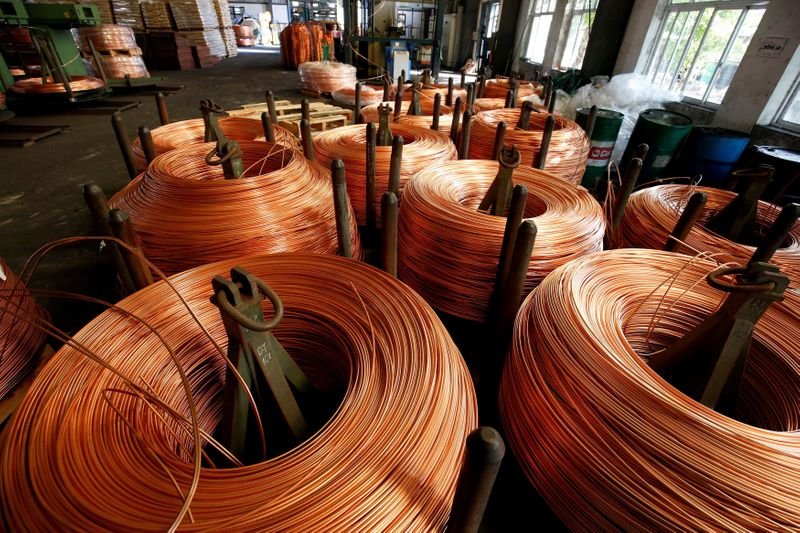NEW DELHI: On Thursday, Chief Economic Advisor V Anantha Nageswaran stated that the recent events in the United States have increased global uncertainty and that governments, corporations, and individuals should maintain “margins of safety” in their financial, corporate, and savings account planning. He claimed that the International Monetary Fund’s (IMF) predictions of global growth from January appear to be out of date and that nations must closely monitor the implications of recent events in the US on confidence, bank lending growth, and other ripple effects.
The past week has seen the failure of two US banks. Following a run on their deposits, the regulators shut down New York’s Signature Bank on Sunday. This bank provided money mostly to the cryptocurrency business.
In addition, the fall of Silicon Valley Bank last week caused a lot of startups, tech firms, business owners, and VC funds to become uneasy. The California Department of Financial Protection and Innovation closed SVB, the 16th-largest bank in the country, on Friday. The FDIC was then named as the bank’s receiver.
Speaking at the Crisil India Outlook event, Nageswaran claimed that uncertainty has been on the rise and has increased slightly over the past week, and that countries must learn to live with it not just this year but also for the upcoming year and beyond.
“And it’s crucial to keep in mind that, whether we are working for corporations or investors, the most important thing to do in uncertain times is to ensure that our operations have margins of safety. The only advice that comes to me is to always leave room for error, whether it be in financial planning, corporate planning, balance sheet planning for households, or planning for savings accounts “explained he.
He noted that if recent events do make it necessary for the Federal Reserve to postpone raising interest rates, then we must wait to see what will happen to real interest rates in the United States and what that will mean for the US currency.
“And what effects it will have on emerging economies, which, in one sense, I feel will be mainly favourable since less pressure will be put on their currencies. On the other hand, if the Federal Reserve was forced to carry out its tightening programme despite having put in place other arrangements to make depositors whole and provided liquidity backstop, we would have to wait to see what kind of domino effect it might have on other banking institutions, the economy as a whole, etc. Central banks around the world, particularly in sophisticated nations, are facing a rather challenging scenario, “said Nageswaran.
He claimed that it may currently be challenging to estimate the overall impact of these developments on nations like India. “The effects it would have on global demand, oil prices, US interest rates, and the dollar would be the overall benefits. Even if it has an effect on export growth, those kinds of reactions will be generally favourable for us “added he.
“You can see how quickly things are changing, so it is challenging to offer long-term advice to anyone. It’s crucial, therefore, we account for unpredictability in our planning procedures. And I believe we have made some attempts to do so in our budgetary policies “said Nageswaran.
He stated that the current fiscal year’s predicted GDP growth for India is 7%. “I believe that the wheat harvest will occur due to the early seeding, and we may be able to achieve a nice crop, if we are able to survive another week with temperatures in the current ranges. And this will have favourable knock-on effects in the future for inflation, agricultural output, monetary policy, etc “.
According to Nageswaran, the growth forecast of 6.5% for the upcoming fiscal has more negative risk than upside risk.
“Naturally, all of this is dependent on expectations for how the global political and economic situation will develop. But overall, when we consider all sectors, we are much above pre-pandemic levels, and private spending as a share of GDP has been increasing over the past five fiscal years “added he.
He advised against being unduly pessimistic when predicting GDP growth of 8% to 9% in the current economic climate. We would have done very well if we could attain and maintain growth of 6.5-7%, or even 6.4-7%, throughout the course of the following 7-8 years until the next decade.
According to him, public sector capital expenditures have increased over the past few years and have increased three times while focusing on different areas. Public sector capex will inevitably have to slow down at some time, leaving the private sector to continue the excellent work. According to Nageswaran, public sector expenditure has built the physical infrastructure necessary for improved manufacturing growth and export performance in the years to come.
The nominal GDP growth for the upcoming fiscal year has been anticipated to be 10.5%, according to the finance ministry’s chief economic advisor. While India maintains its optimism, it is mindful of the enormous range of problems that face both developing and established economies.
“Just two to three years of consistent nominal GDP growth at 10% are needed for fiscal metrics to significantly improve. Exaggerated hand wringing may not be necessary, even while it is evident that the quality of expenditure is improving and there is still potential for improvement in both qualitative and quantitative metrics “he explained.





